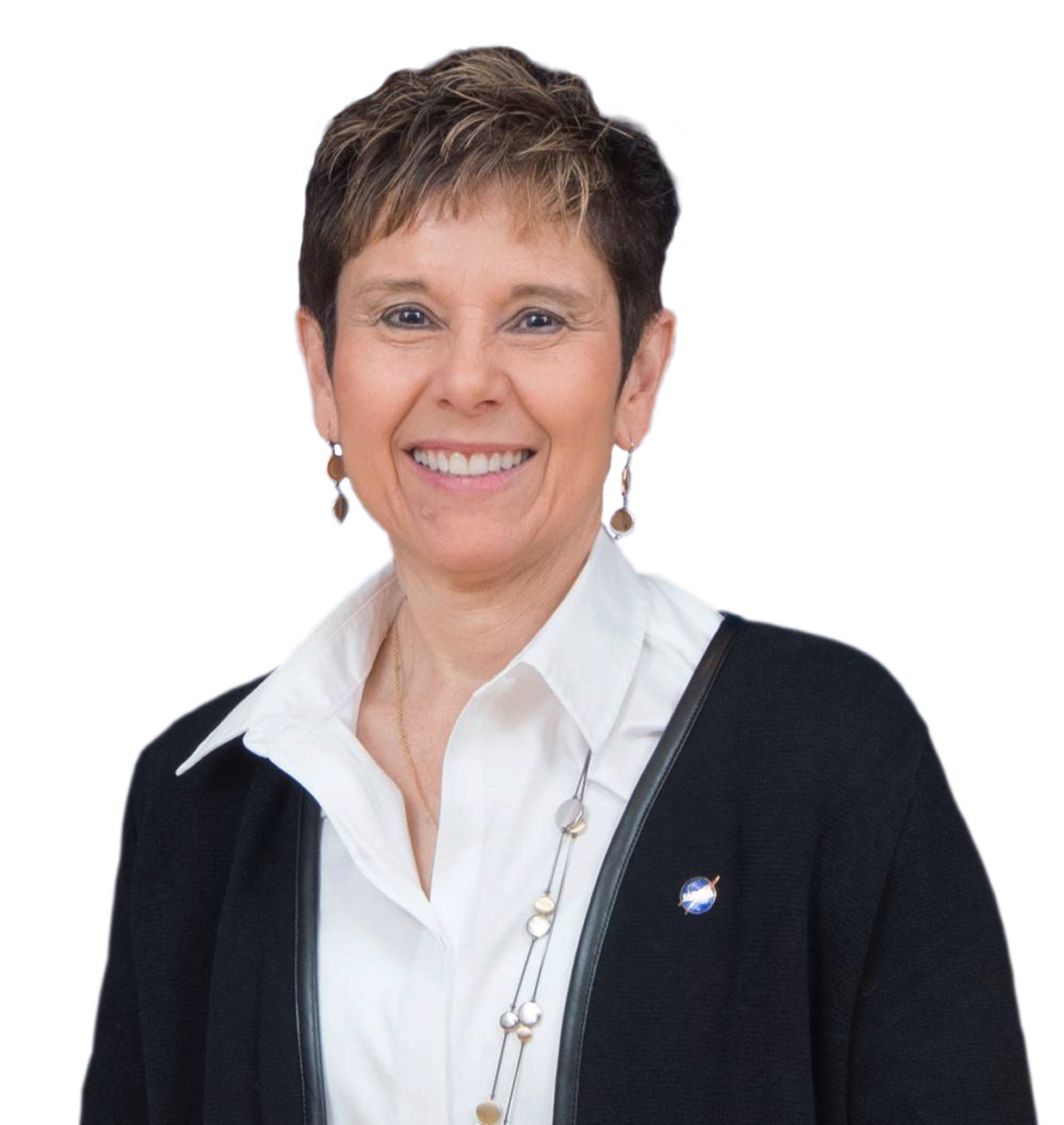connect
The Right Chemistry
Alumna Marla Pérez-Davis leads NASA Glenn with scientific know-how and empathy
 IMAGE: Bridget Caswell/Courtesy of NASA’s Glenn Research Center
IMAGE: Bridget Caswell/Courtesy of NASA’s Glenn Research Center
Marla Pérez-Davis, PhD (GRS '91, chemical engineering), still replays the image in her mind: It's 1969. She’s a child watching her family's black-and-white TV on the southern coast of Puerto Rico, as NASA astronauts land on the moon for the first time.
Pérez-Davis is now making her own history. The chemical engineer is director of NASA's Glenn Research Center in Cleveland, the first Puerto Rican-born director of a NASA center.
Yet, growing up, Pérez-Davis learned of chemical engineering only by chance in a school encyclopedia that described a profession combining chemistry and math, her academic passions.
"This is for me," she thought.
Her mother believed she could do anything and even moved near the University of Puerto Rico campus in Mayaguez, so Pérez-Davis could live at home to more affordably attend college and pursue her dreams.
Since late 2019, Pérez-Davis has led NASA Glenn, where high-profile projects include managing the program that produced the power system for the Perseverance Rover, which landed on Mars in February. The center also is developing the spring tires for the rover that could launch in several years to bring Martian ground samples to Earth.
The tires, able to change shape as they travel the rocky Martian terrain and then bounce back to their original form, also have potential applications on Earth. Imagine a version of the tires with their shape-memory alloys emerging from a Cleveland pothole unscathed. "We talk a lot about transferring technology for the benefit of all," she said.
Think recently spoke to Pérez-Davis about her work.*
You’ve been at NASA Glenn since 1983. What drew you to the agency—and what's kept you there?In my junior year [in college], I did research. Not many people [in engineering] took that challenge. That was one of the things that got NASA's attention. The opportunity to work for NASA was huge. Thirty-eight years later, I'm still in Cleveland. I love what I do and am learning every day. That 'wow factor' has continued with me throughout the years.
I was working for NASA, engaged in a [PhD] degree program and raising a family. It was a tough balance. I had two professors who were very kind and always willing to answer questions: Dr. [John] Angus [now a professor emeritus of chemical and biomolecular engineering] and Dr. [Donald] Feke [now the vice provost for undergraduate education and academic and faculty affairs]. When people take time to spend with you as you pass by, it makes a difference. Years later, you really appreciate it in a different light. The ability to listen and put yourself in someone else’s shoes before you make a judgment is critical for leaders.
What was it like for NASA Glenn to test the Orion spacecraft under extreme in-space conditions for the program slated to land the first woman and next man on the moon in coming years?That was special. ... I'm so excited to see the first woman on the moon. To be part of that is unbelievable. I never thought I'd be in this position.
Talk about managing through the pandemic.We’ve been mostly teleworking, and now have about 25% [of people] on site. We have to understand everybody has different challenges. Commitment, empathy and communications are three things I learned are critical for our mission and to show we really care.
*This conversation was edited for length.





